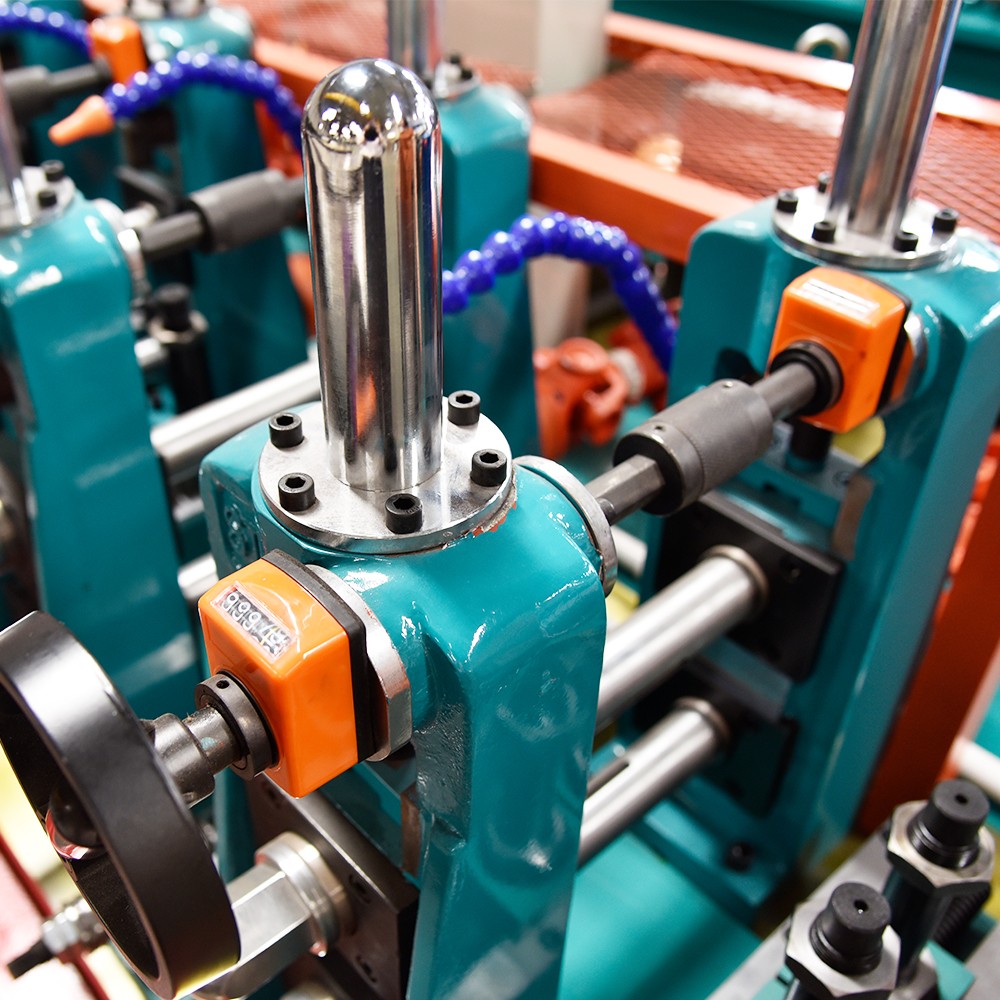How to Build a 3D Welding Table
Building a 3D welding table involves several steps and requires basic welding and metalworking skills. Here's a general guide to help you get started:
Materials and Tools:
Steel Material: Choose a high-quality steel for the tabletop. Common choices include A36 steel or tool steel.
Square Tubing: For the frame and legs, you'll need square tubing of appropriate dimensions.
Welding Equipment: A MIG or TIG welder is recommended, along with welding safety gear (helmet, gloves, etc.).
Cutting Tools: A metal cutting saw, such as a bandsaw or chop saw, will be necessary.
Angle Grinder: Useful for cleaning and preparing the metal surfaces.
Clamps: To hold the pieces together during welding.
Welding Table Plans: Have a clear plan or blueprint for your welding table.
Steps:
Design your Table:
Decide on the size and dimensions of your welding table. Common sizes are 3 feet by 3 feet or 4 feet by 4 feet.
Plan for the height, considering your comfort and the type of work you'll be doing.

Cut the Steel:
Cut the steel tabletop to your desired dimensions using the metal cutting saw.
Cut the square tubing for the frame and legs according to your design.
Prepare the Metal:
Use an angle grinder to clean the edges and surfaces of the cut metal. This ensures proper welding.
Assemble the Frame:
Assemble the frame using the square tubing. Weld the joints securely.
Featured content:What is an off-road aerial work platform?
4 Advice to Choose a DTH Drilling Rig
Exploring the Diverse Types of Plate Rolling Machines
How to Maintain Pipe making machine
A Comprehensive Guide to Brass Laser Cutting Machine
Can wheat flour milling machines process other grains?
What you need to know about Fiber Laser Tube Cutting Machine
Use clamps to hold the pieces together before welding.
Attach the Tabletop:
Place the cut steel tabletop onto the frame.
Weld the tabletop to the frame along the edges. Ensure it is securely attached.
Add Support Braces:
Depending on the size of your table, consider adding support braces diagonally across the frame for stability.
Weld these braces in place.
Check for Squareness:
Use a square to check that your steel welding table is square and level. Make any adjustments as needed.
Finish the Surface:
Grind down any rough or uneven welds to create a smooth and flat surface.
Consider adding a coating or finish to protect the metal from rust.
Test and Make Adjustments:
Test the stability and flatness of your Hossmann welding table by placing a level on the tabletop.
Make any final adjustments if necessary.
Optional Additions:
Consider adding features like slots or holes for clamping or attaching accessories.
Safety First:
Always wear appropriate safety gear, including a welding helmet, gloves, and protective clothing.
Remember, this is a basic guide, and you may need to modify the steps based on your specific design and requirements. If you're unsure about any part of the process, consult with experienced welders or professionals in your community. Additionally, always follow safety guidelines and use proper welding techniques to ensure a sturdy and safe welding table.
What is an in line air filter?
The right inline air compressor filter solution - Atlas Copco
Unveiling the Machinery Industry: A Comprehensive Exploration of the Supply Chain
The 4 Best SteelSeries Headsets of 2024 Reviews
What are the different types of power press machines?
Save Time and Money with a Pallet Wrapping Machine
SAST vs. SCA testing: What’s the difference?
364
0
0
All Comments (0)
Previous: What are the advantages of using Gang Type CNC Lathe?
Next: Automatic CNC Machines: Revolutionizing Precision Manufacturing
Related Articles
If you are interested in sending in a Guest Blogger Submission,welcome to write for us!






Comments